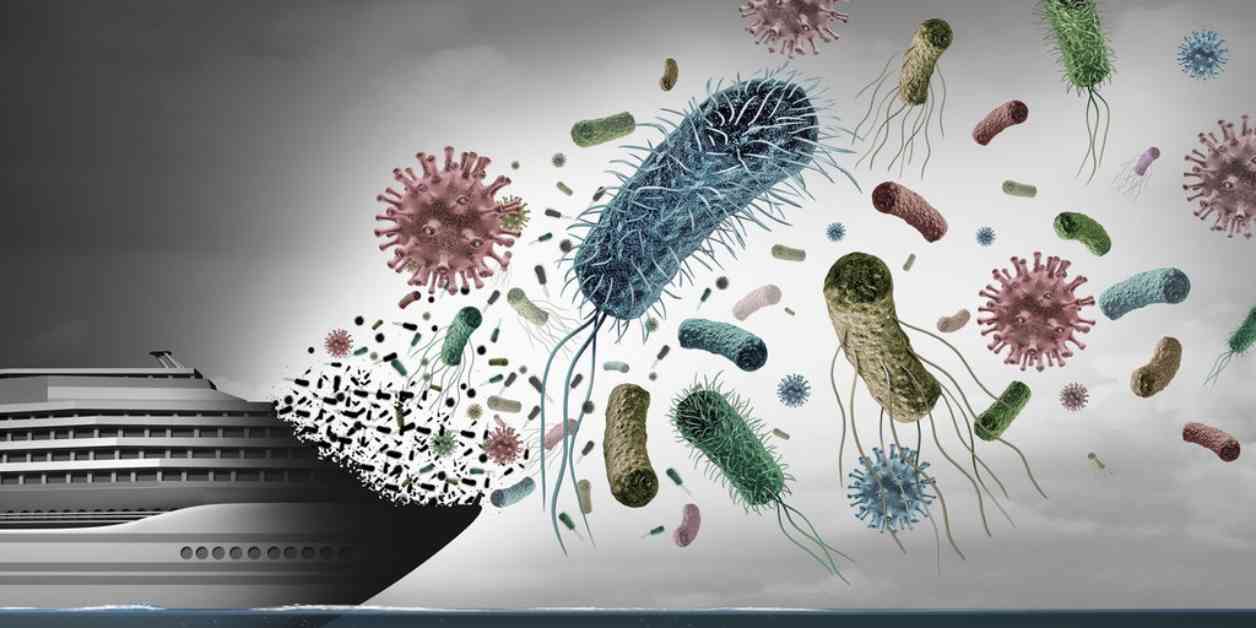When people go on a cruise, the last thing they want is to get sick. But recently, about 25 passengers returning from a cruise started feeling nauseous towards the end of a flight. The Centers for Disease Control and Prevention (CDC) mentioned a flight that arrived in Houston from Vancouver, British Columbia. Health officers worked with EMS to evaluate the passengers. Although most passengers reported mild gastrointestinal symptoms, none had a fever. The CDC reported that none of the passengers required further health follow-up.
It was not specified which cruise line was involved, but it is known that the most common illnesses on cruise ships are respiratory illnesses, gastrointestinal infections, and other vaccine-preventable diseases. One ship that had a confirmed norovirus outbreak was the Royal Caribbean International’s Radiance of the Seas. The CDC has reported seven outbreaks on cruise ships this year, mostly linked to norovirus, which causes stomach pains and diarrhea. Ships are susceptible to outbreaks due to close living quarters and communal spaces, making it easier for bacteria and viruses to spread.
Passengers on cruises are at risk of infectious diseases like malaria, yellow fever, and food-borne illnesses. People should consult health care providers before going on a cruise to discuss risks and prevention strategies. The CDC recommends washing hands with soap and water regularly, especially after using the bathroom or touching surfaces. Alcohol-based sanitizers are not effective against viruses. Travelers should also use EPA-registered insect repellent when going to locations with insect-borne infections.
People who are prone to seasickness should ask for medication to prevent or reduce symptoms. Applying sunscreen with SPF 15 or higher is essential to avoid sunburn, even on cloudy days. It is crucial to take preventative measures and consult healthcare providers before embarking on a cruise to ensure a safe and healthy travel experience.




